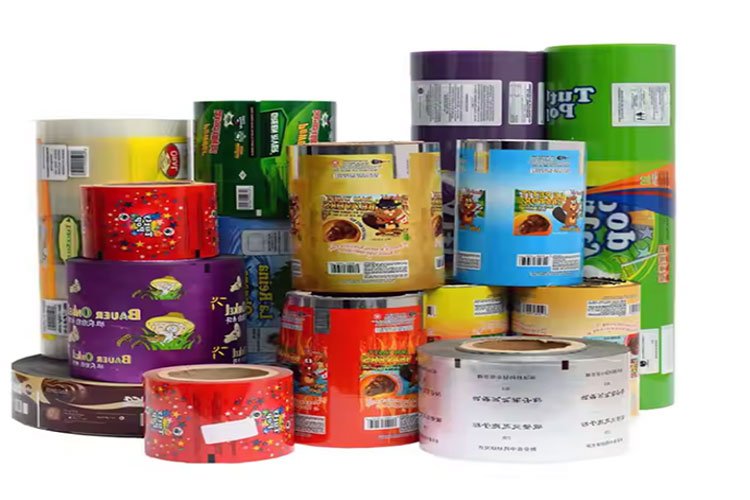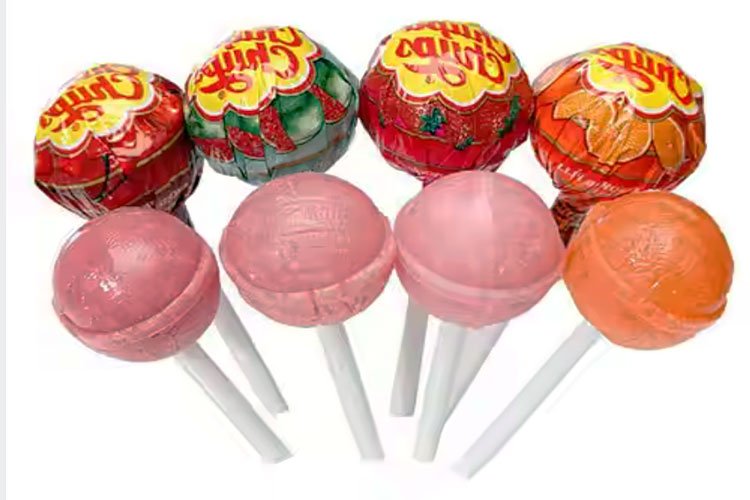Flexible Food Packaging: A Guide to What You Need to Know
What is flexible food packaging?
Flexible food packaging is a packaging material that can be easily folded into shapes. It can be adapted to different shapes of products. It can fit the product well. Unlike rigid packaging, such as glass or metal. Flexible food packaging has better adaptability and functionality. It is widely used in the field of food packaging. The food industry accounts for a very large share of the flexible packaging market, about 52% or so. It is very efficient in storage and transportation. It has a very lightweight structural design and better cost-effectiveness. It extends the shelf life of food and prevents spoilage and damage. Reduces waste. Flexible food packaging can be recycled through curbside recycling programs. It can reduce harm to the environment. It is very important for companies pursuing green and sustainable development.

Types of flexible packaging
There are many types of flexible food packaging. They are mainly made of a combination of plastic, aluminum foil, film, and other materials. Common types include Flexible Films: Pouches, Protective Packaging, etc.
Flexible Films: There are many types of flexible films. There are stretch film, LDPE Bags, BOPP film, aluminum foil packaging, and so on. Stretch film can be used to wrap pallets and products tightly together, and BOPP film is ideal for food packaging. Candy, snacks, and chips can be wrapped in it. It works better and costs less. And it is FDA approved and can be used in direct contact with food. It will not produce harmful substances. Aluminum foil packaging is mainly used in the food and pharmaceutical industries. Aluminum foil has very good barrier properties, which can well isolate air, light, moisture, odor, and bacteria. It ensures the safety of the products.
Pouches: There are three main types of pouches: sand-up pouches, lay flat pouches, and roll stock. Sand-up pouches are one of the most popular types of flexible packaging. It has a very unique design. It can easily stand on top of the shelf. Sand-up pouches have plenty of space to display product information and brand information. It can be very good to attract users and consumers’ eyes. Wide range of applications. Snacks, personal care products, and pet food all have applications. Lay flat pouches are also a good choice. It has good flexibility. It can be placed flat. It is usually displayed on a tray. It has excellent barrier properties for slim profile products. A roll is a bag that has not been made into a pouch. It is a continuous roll of printed film. It has a barrier film and a structural film on it. It can be used in a variety of places. For example, candy wrappers. The use of rolls allows for good adaptation to the size and shape of the product.
Protective Packaging: There are three main types: foam, packaging tapes, and Bubble Wrap. Foam can be used to package high-end items. The Liner is cut precisely according to the shape of the product. It fits the product well. Packaging tapes are mainly used for sealing packages, and Bubble Wrap absorbs shock and provides cushioning for products. Bubble Wrap is ideal for protecting fragile items.

What are the benefits of flexible packaging for food?
Flexible food packaging is more convenient and safer. It can be very good to meet the packaging needs. There are many advantages.
Reduce waste: flexible food packaging has excellent barrier properties. It can protect the food well and extend the shelf life. Reduce waste. And flexible food packaging is not easy to dent or break. In the transportation process, there can be very good protection of products.
Improve packaging efficiency: flexible food packaging is simple and easy to operate. Can improve the packaging efficiency of the product. And flexible food packaging is lightweight, easy to carry, and store. Does not take up space.
Recyclable: flexible food packaging can reduce carbon dioxide emissions. More favorable to the environment. Flexible food packaging can also be reused. Now, many regions have packaging recycling action. Packaging materials can be recycled and processed to achieve secondary utilization.
How to Choose Food-Safe Packaging for Your Brand
Choosing the right food safety packaging is very important. When dealing with food safety issues, it is important to consider meeting the needs and specifications.
Laws and regulations: The first step is to understand the regional food safety standards. Standards vary from region to region. Understand food safety standards. Complete certifications. For example, IFS, GFSI, etc. These can be used to demonstrate the manufacturer’s commitment to food safety. Also, important information such as ingredients, production date, nutritional content, etc., needs to be displayed as required.
Choosing the right material: It is important to select the right packaging material according to the characteristics of the packaged product. Consider the temperature range that the material can withstand, durability, barrier properties, sustainability, etc. Cost also needs to be considered.
Consider functionality: It is important to consider what functions the packaging material needs to have. Transparent flexible food packaging allows a clearer view of the packaged product. It enhances the attractiveness to customers. Packaging materials with strong barrier properties can effectively extend the shelf life of the product. If you need to print complex patterns to display brand information, you can customize the choice of packaging materials with strong printability.
FAQ
What kinds of food most commonly utilize flexible packaging?
Flexible packaging is perfect for packaging snacks, coffee, beverages, and more. It has very good barrier properties. It can effectively isolate oxygen and moisture. It can keep the products fresh. Reduce food waste. It can also be customized in size and shape according to the food. To better fit the product. Flexible food packaging can also be used to package sauces, condiments, and frozen foods. Other foods like yogurt, cheese, and other dairy products, and meat products can also be used for packaging.

Hello, customers
My name is Jack Yu. I am the Business Manager at BestY Pack Plastic Products. My areas of expertise include film packaging, cold chain transportation packaging, and shrink products. Additionally, our factory manufactures protective gloves, and I can provide you with professional solutions to help you increase your market share and enhance consumer trust.
Email: ᅠinfo@bestypack.comᅠ| Tel: 86+18368319351

